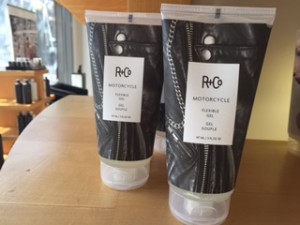Readers should always be skeptical of health studies. It seems like every time I open any news outlet there there is a new finding. Like high fat is good for you, coffee is bad for you. One of my professors has said when reading about data findings, always see who is publishing or funding the study and what the motivation may be behind the findings. In this post I wanted to highlight two studies that are on opposite sides of the spectrum.
Time does an excellent job of reporting on and discussing a recent study on Diet Coke. Not only do they say the number of people and the ages, they also include excellent background information. They include multiple studies to reinforce the first study. Additionally, they give tips on how to cut back on soda, and help provide context. They lists the severe consequences to weight gain that it is beyond just cosmetic reasons. Also, it includes biologically what happens to to body after ingesting soda and the complicated relationship you can have with these “fake”healthy options.
I think the worst part is that this is particularly harmful to those over 60, who are not only likely to be dealing with age related alignments, a decreasing metabolism, leaving them even more vulnerable. Particularly that people may be trying to make better decisions with low calorie options, but in the long run setting themselves up for failure.
In contrast, here is another beverage study about Welch’s grapefruit juice in a blog post by Weighty Matters. The sample size is 25, of 19 are mothers who work. This sample size is not only too small but they are most likely using a demographic that they are attempting to market. My professor says for market research a study should be at least 100, at the minimum. Here are some guidelines I found on Health study sample sizes. Additionally the Calorie Control Council has an incredibly deceiving name. It sounds like its a health or diet task force, but no, it is a lobby for low calorie drinks.
The author does an excellent critique of the study which of 25 participants who begin to drink grape juice for 12 months. From this limited sample, they made a huge leap stating that he took verbatim from a press release, “New research by the University of Leeds in the UK suggests that drinking Concord grape juice daily can benefit certain aspects of memory and everyday tasks in people with stressful lifestyles – specifically working mothers.”
The company closes out by including Welch’s history and that it has been around for 150 years. Not only is this a plug, but its trying to establish credibility from the fact its been around for a while. None of this is relevant to the presented information. The upside is if companies do present information like this, its easier to spot illegitimate studies.
There is nothing wrong with drinking Diet Coke or Welch’s but the discussion needs to be re-framed, and these drinks should be considered a treat, or used for special occasions. People should not be lead to believe if they began to drink diet coke, or grape juice that they are it is in some way, “ beneficial” as this article states the company claims. I do believe there should be room for these products on the counter, however, there should be better marketing guidelines on how products are marketed, especially when produced in tandem with health studies.














